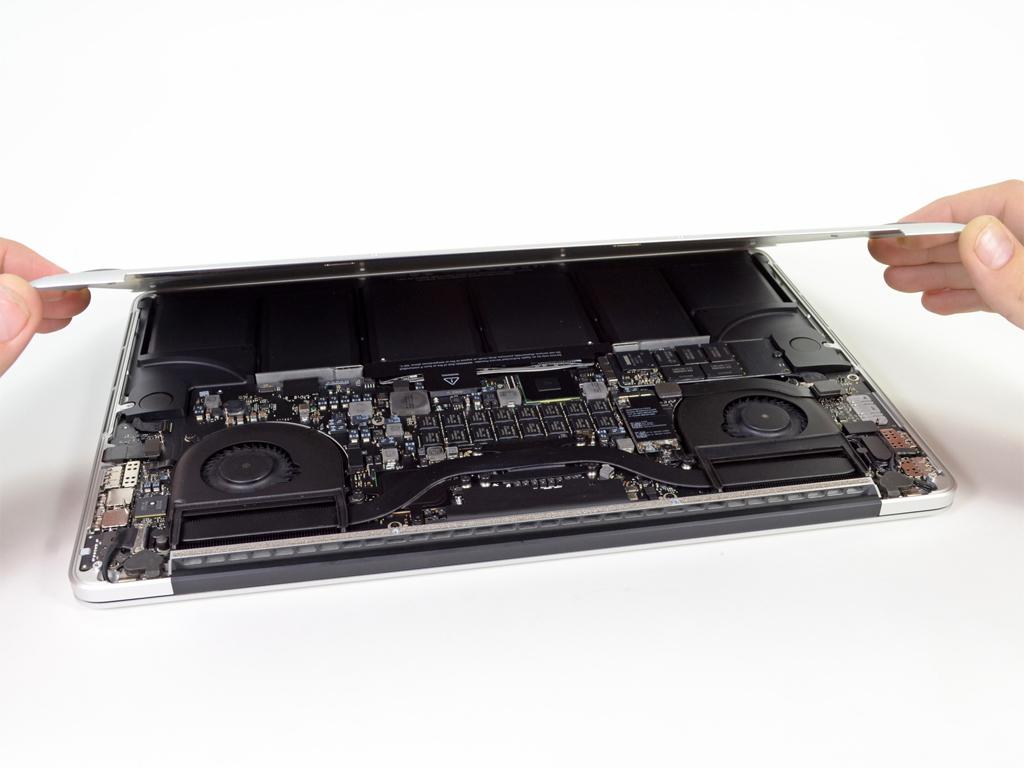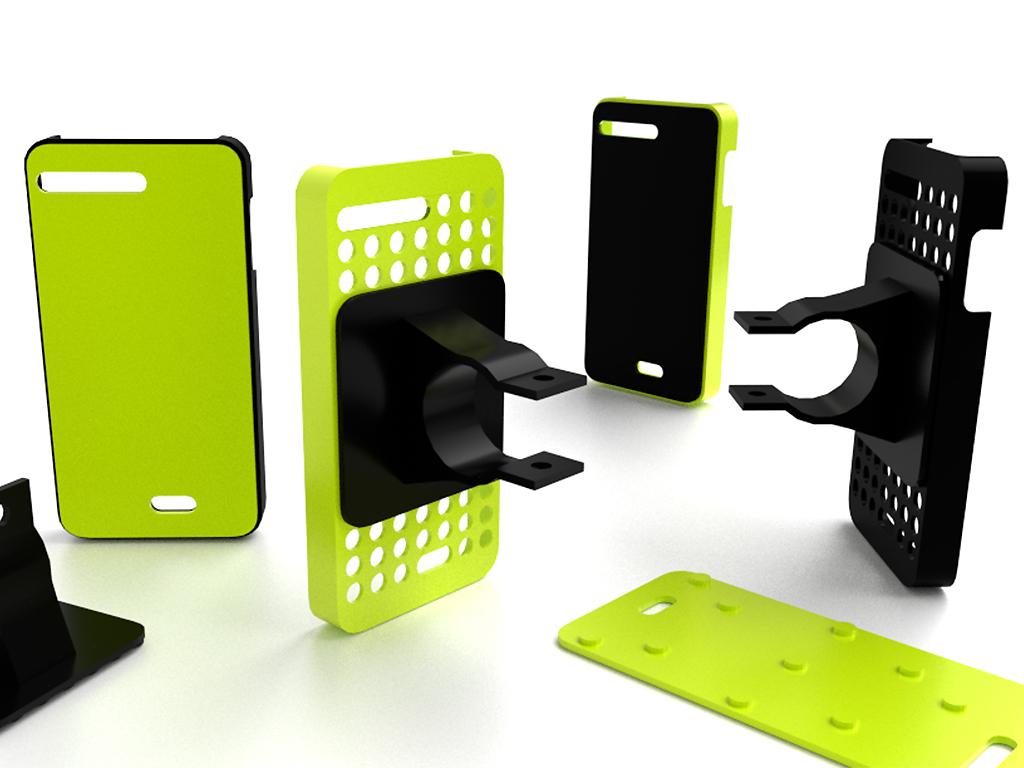Recently Apple released a new MacBook Pro with a 'Retina' display and the response from early users was in general very positive: it's light, fast, and the display is great. And it is expensive.
Who has opened an Apple laptop (with a special screwdriver) to put in something like a video card was always pleasantly surprised by the neat lay-out of the internal components. A machine like the Mac Pro was very accessible through its side door and modular expandable. A 2009 MacBook still had a nice hatch to replace the battery, but the latest generation MacBook Pros have their batteries glued to the case and they cannot be replaced by the user. This seems to be a trend at Apple, as the iPhone, iPod and iPad all have irreplaceable batteries. It seems obvious: Apple does not want us to open these devices.
A recent teardown by iFixit says:
"The Retina MacBook is the least repairable laptop we’ve ever taken apart: unlike the previous model, the display is fused to the glass—meaning replacing the LCD requires buying an expensive display assembly. The RAM is now soldered to the logic board—making future memory upgrades impossible. And the battery is glued to the case—requiring customers to mail their laptop to Apple every so often for a $200 replacement. The design may well be comprised of “highly recyclable aluminum and glass”—but my friends in the electronics recycling industry tell me they have no way of recycling aluminum that has glass glued to it like Apple did with both this machine and the recent iPad. The design pattern has serious consequences not only for consumers and the environment, but also for the tech industry as a whole."
(Source: iFixit)
This is a step in the wrong direction. Everyone want their device to be sustainable. Recycling should be an important aim and not being made impossible. The new Retina displays is 'a marvel of engineering', but not very sustainable.
(Also read this article: The contentious case against the MacBook Pro with Retina display).


